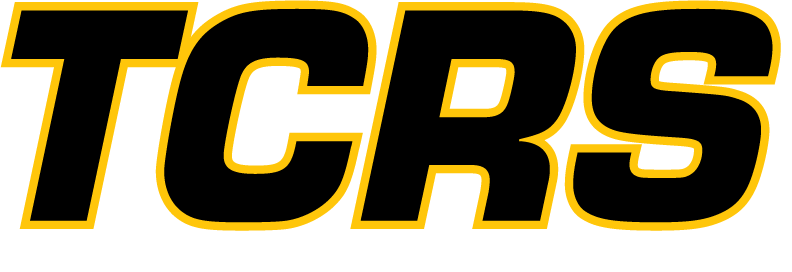Jacketed Reactor Cooling
Companies that produce chemicals or pharmaceuticals use reactors. Water or brine is usually circulated through the reactor jacket or coils to control the heat of the reaction. Without sufficient cooling, reactor operations might have to be shut down, or face losing the product when proper reaction temperatures are not maintained. If the plant uses cooling tower water to maintain reaction temperatures, high ambient, and wet bulb temperatures during the summer months can require supplemental cooling capacity. The drawing below shows a rental chiller running in support mode with the customer’s existing chiller.
Reactor Cooling Installation
Rental equipment typically used for jacketed reactor cooling applications includes the following:
Chiller modules ranging from 25 to 525 tons (multiple units)
Pump modules, circulation tanks, cooling towers, or heat exchanger modules
Piping and fittings
Engineering and supervision services
Installation and maintenance services
On-site operation and training
Typical Customers:
Chemical companies, pharmaceutical companies, and refineries are the most common types of customers requiring reactor cooling.
Discovery Questions:
Do you use cooling towers or chillers to control reactor temperatures?
Do your processes include condensers that require coolers?
Have you ever experienced reduced production during the summer months due to high ambient temperatures?
Do you have contingency plans that provide for cooling equipment failure, maintenance, or other shutdown periods?
Have you ever had to “waste” products because critical temperatures could not be controlled during the reaction?
Configuration and Installation Issues:
What are the required inlet and outlet temperatures from the reactor? If required temperatures cannot be provided directly from the chiller module, you may need to provide a circulation tank.
What are the required fluid flow rates? Depending on required flow rates, pressures, and distances, you might have to provide supplemental pumps.
What type of coolant is used by the process (water, glycol, brine, other)? Make sure the coolant is compatible with your rental equipment.
Will the rental chiller run in parallel with or bypass the customer’s existing chiller or tower?
A recirculation loop may be required to prevent inlet temperatures from exceeding 65 degrees Fahrenheit (18.3 degrees Celsius).


